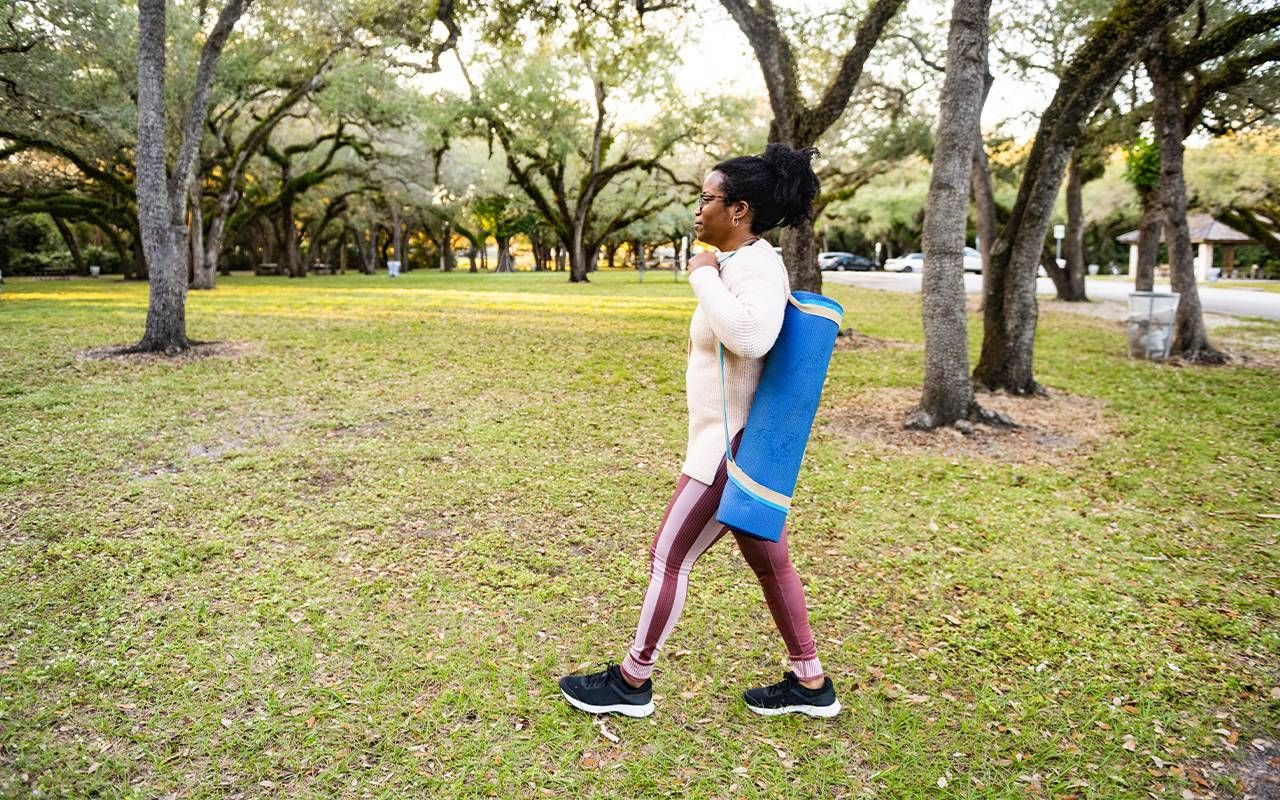The Frailty Index: What It Is and Why You Should Care
Indeed, age is one thing, but it's also how fit you are for your age
"Not all eighty-year-olds are the same," said Dr. Neil David Saunders, my hernia surgeon at Emory Healthcare, during an interview I conducted about the importance of being patient while recovering from surgery, especially if you're older.

We discussed the Frailty Index, which I had never heard of before this conversation. "Age is one thing, but it's also how fit you are for your age." As he told me, there's a medical concept called frailty, which has a particular meaning. It predicts how difficult it might be for a patient to recover from a surgery or if a patient will have a higher or lower complication rate during a procedure.
Recovery from an illness takes work, but if you're already frail to begin with, pushing through may seem impossible.
"It's fairly intuitive," Dr. Saunders said. "It takes into account your comorbidities, how well you do your daily activities, whether or not you're independent or in a nursing home," and so on.
In a research paper I read on the connection between frailty, depression, and inflammation caused by diet, frailty was defined as "a geriatric condition of increased vulnerability" and stated that being frail is connected to increases in "the risk of falls, hospitalization, and mortality."
A general review of research on frailty defined it more specifically as "a state characterized by reduced physiological reserve and loss of resistance to stressors caused by accumulated age-related deficits."
Between 10 and 15% of older adults are considered frail. But how do doctors measure frailty? One tool is called the Frailty Index for Elders (FIFE) and consists of 10 items that are scored zero to ten, with zero indicating no frailty, one to three indicating that there is a risk of frailty, and four or above indicating that the individual is considered frail in that item.
Another frailty index, used by Dalhousie University in Canada, requires thirty variables to be measured and is regarded more as a comprehensive measure of one's overall health.
It's important to understand that maintaining good health and fitness is not just about avoiding illness and injury, reaching overhead for that jar of peanut butter on the top shelf, and walking the dog farther than just around the block. It's also about recovering more quickly when you get sick or injured, which everyone does eventually.
Even Tony Horton, the man who invented the P90X workout series and is probably one of the fittest 60+-year-old men alive, wound up with Ramsey Hunt Syndrome after getting shingles in his ear. He eventually recovered after a long struggle that included Bell's palsy, but had he not been so fit and healthy beforehand, the outcome might have been entirely different.
"I had the nutrition; I had the exercise; I had all the background," Horton said. Recovery from an illness, Ramsey Hunt Syndrome, takes work, but if you're already frail to begin with, pushing through may seem impossible.
"Because it is so debilitating, and it's so overwhelming and so painful, many people just shut down. They don't want to go through it. They don't want to try to get walking on the treadmill. It's just too much."
What Does the Frailty Index Measure?
Something age-and-health-related. So, for example, having gray hair, which is age-related, is not something that would be a concern. However, poor grip strength may be, especially since weakness in one's grip may increase with age. The older you get, the weaker your grip gets.
It is not a continuous march from low frailty to high frailty as we age. Instead, it is possible to become less frail as we get older.
So poor grip strength by itself, at any given time, may not be indicative of frailty. Yet, if it is weak and continues to get weaker over time, particularly in conjunction with other measures of physical strength, then it is a concern.
The Frailty Index is broader than simply a measure of one's physical strength as one ages. It considers changes in cognitive abilities, range of motion, subjective self-assessment of one's health, Body Mass Index (BMI), walking speed, and more — as many as forty different variables.
One of the main things to remember about frailty is this: It is not a continuous march from low frailty to high frailty as we age. Instead, it is possible to become less frail as we get older.
Sure, a hale and hearty eighty-year-old will be frailer than a hearty sixty-year-old, but the point is that you don't have to be frail at any age. It's not like we don't know what to do to maintain good health, at least as far as the basics are concerned.
For instance, getting enough high-quality sleep, exercising at least thirty minutes a day, not smoking, avoiding fried and ultra-processed foods and too much alcohol, doing some resistance training weekly, and maintaining social connections, are some practices for good health.
As Tony Horton said when I spoke to him, "There's not much we can control in this world. Two things we can control: how and when we move and what we put in our mouth."

